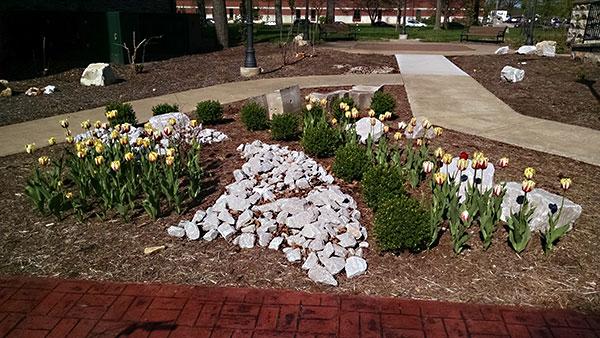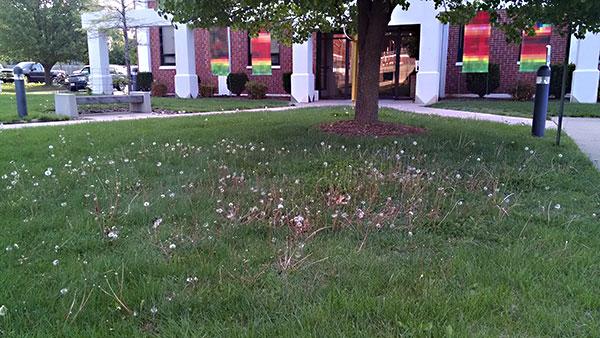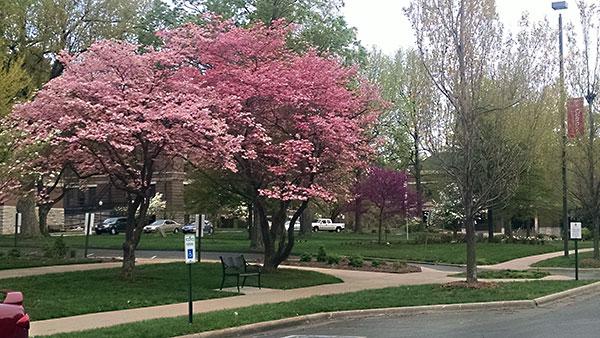The Budget/Quality/Sustainability Paradox in Grounds Management
Grounds managers make a living balancing components in the landscape that can have undesirable effects if not maintained in the right doses or at the right time. For instance, irrigation is needed in the correct amount, but too much can result in disease, drowning, or shallow rooting. Plants need nutrients in the proper amounts, but availability can fluctuate by leaching, soil pH, timing, etc. Most of the cultural practices necessary to create a high quality product require the right efforts, in the right amount, at the right time. If any of these criteria are off, then efficacy is diminished or voided. But we understand the rules and rationale of these decisions. The same cannot be said for the budget/quality/sustainability paradox.
Budget - The financial cost of landscape operations both explicit (labor, supplies, equipment) and implicit (quality, aesthetics, functionality).
Quality - How well a landscape is maintained to meet organizational and operational expectations.
Sustainability -The amount of resources (financial, human, environmental, etc.) needed to achieve quality in harmony with the natural local ecosystem. Also, diminishing tension and conflict between the needs of man and those of nature.
Budget versus Quality
All grounds managers have a budget we must work within. Some managers are fortunate that the financial reigns are looser, and some are unfortunately faced by significant fiscal pressures. My budget here at Drury University is reasonable. I am fortunate in this regard. But there are a range of expenditures that I would love to be able to make that would improve the quality of my landscape. These unperformed operations are apparent in the product I deliver, but are rarely understood or forgiven by the people who seek to dictate what the landscape should look like.
Certainly money does not always ensure a high quality product... but it doesn't hurt. The paradox of budget versus quality exists in that the expectation for weed-free turf, lots of seasonal color and tight maintenance never changes, even as budgets stagnate or shrink.

Quality versus Sustainability
Many of the practices needed to install and maintain a high quality landscape are not sustainable. Sustainability exists in inverse proportion to maintenance expectations and needs. I don't care if you use organic fertilizer, there is an environmental and financial cost. The majority of landscape cultural practices require fossil fuels in either production, or in application, or more likely both.
The higher the expectation of quality (defined above) the more likely you will need to spend more money. Even the LEED or Sustainable Sites Initiative (SITES) approved "sustainable" landscapes I have seen have required a lot of money and resources to install, and future maintenance needs are glossed over or given rosy projections. The paradox of quality versus sustainability exists because of the inflexible and often unrealistic mandate of a too narrow quality metric.

Budget versus Quality versus Sustainability
There appears to be no clear predictive rationale linking the three items. As efficiency and effectiveness improve, so can quality and sustainability, which may drive budgets down. But these could also drive budgets up as expectations of quality increase. As sustainability increases, quality could go up and drive budgets down also. Or all three can go up together.
The key to all of these constraints interrelating effectively and successfully, is clarifying expectations, then adhering to them. I have been thinking a lot about how these interact. I am told to be fiscally sound, deliver high quality, all the while pursuing sustainability. This is not easy to reconcile. I imagine I am not telling anyone anything they do not already know.

The Solution
I suggest that sustainability needs to drive and prearrange the other two constraints. When I pursue sustainability, I will seek to drive my own budgets down. Sometimes the best way to be sustainable is to not spend your dollars. Decreasing budgets will be determined, and voluntarily complied with because quality expectations are realistic and based on operational capability, not some fantasy of comparison to another site.
When I pursue sustainability I seek to even my quality at an acceptable level over the long term. This improves quality level awareness which again can drive costs down. No one on a campus or course wants to manage these components successfully more than the Grounds/Course Manager. No one else than that manager is better suited for that task either. But that is another paradox entirely.



0 Comments
Recommended Comments
There are no comments to display.